In order to gaze out the window, this tiny dachshund pretends to sit like a meerkat.
Do Miniature Dachshunds Have Back Problems?
Yes, but it’s a back problem that can be easily avoided with a few simple steps.
The miniature dachshund is famous for his long spine and shortened front legs, which come from an early breeding program to create the perfect scenthound for tracking hare across open ground. Unfortunately, this generation of breeding has left their descendants with several back problems to deal with. In particular the long narrow loins sometimes have difficulty supporting their heavy bottoms – but this isn’t an impossible hurdle to overcome! The good news is that by being vigilant about a few key factors – namely diet and exercise – you can almost guarantee your little wiener dog won’t have any back trouble at all!
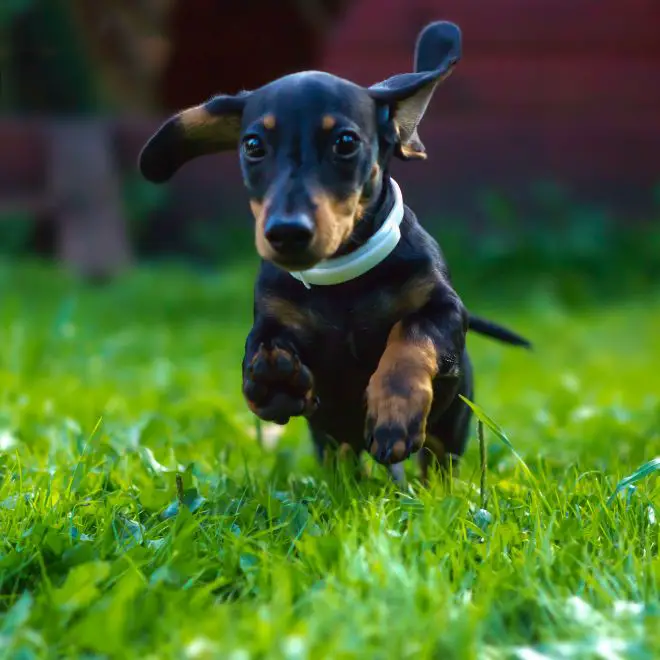
What Percentage Of Miniature Dachshunds Have Back Problems?
Miniature Dachshunds are particularly prone to back problems, with up to 80% of the breed affected. This is because of their long backs and short legs, which puts a lot of strain on their spine.
Back problems can be very painful for dogs and can often require surgery. However, many dogs can be treated successfully with a combination of rest, massage, and exercise. Owners should take care not to let their dog jump or run around too much, and should always consult a vet if they think their dog may have a back problem.
Miniature dachshunds have a high rate of back problems because their long backs and short legs are poorly suited for their long body.
Many people think that the dachshund was bred to hunt badgers, but the true purpose of the breed was to hunt rabbits. The dachshund’s hunting style is to go into a burrow and corner the rabbit so it can be pulled out. To do this, the dachshund must be able to fit his elongated body into the small opening of the burrow. His short legs were necessary so he could keep his head and shoulders low to the ground as he hunted.
Is It Common For Dachshunds To Break Their Backs?
Yes, it is common for Dachshunds to break their backs. This is because they are a long backed breed and have a tendency to put on weight. When they gain too much weight, their backs can become strained and eventually break. To help prevent this, it is important to keep your Dachshund at a healthy weight and to only feed them the recommended amount of food.
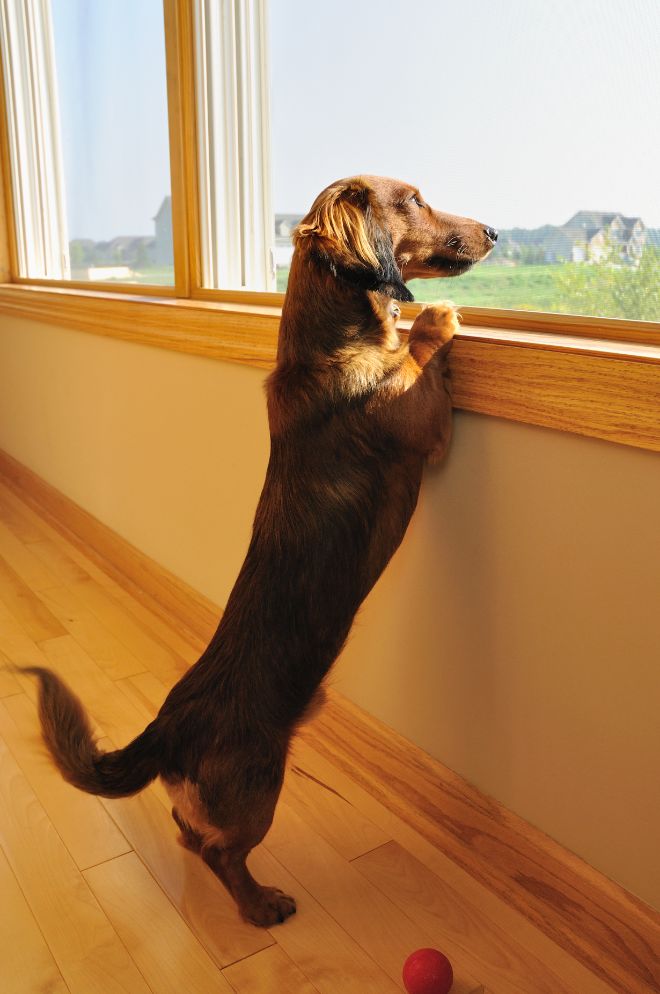
How Do You Prevent Back Problems In Dachshunds?
A dachshund’s body is designed specifically for its long stride. The chest, elbows, and other joints are all built to support the extended back so that it can be raised up to properly stretch fully between strides. This unique design process makes the dachshund prone to problems with his back due to poor maintenance of this natural extension. The following steps are necessary in order to protect your dog’s health by keeping the dog’s chest up at all times while also ensuring that he has clean air flowing through his chest which will keep him healthy!
1) Daily exercise is important because leaping out of armchairs or bed causes pressure on the dachshund’s spine. This problem can cause acute discomfort which can be avoided by taking the dog for a walk or run each day to lower the risk of injury.
2) Diet is also an important factor to consider when trying to prevent back problems because obesity adds extra weight onto your dachshund’s body which can cause strain on his spine. If you are unsure of how much your dachshund should be eating each day, make sure you consult your vet.
3) Massage is an aspect that many owners don’t realise can make a significant difference to your dog’s overall health. The muscles in the dachshund’s body can become tense and compressed which can cause serious damage to the spine if this problem is not treated. Regular massages will promote proper blood flow throughout your dachshund’s body and help to reduce the stiffness in his muscles.
Dachshunds can often seem like they’re walking on their hind legs, because the length of their body throws off the back’s center of gravity. This weight distribution also puts stress on the animal’s hips and lower spine. Encouraging strong muscle strength in these areas will ensure proper balance is maintained throughout every movement; this includes incorporating paw strengthening exercises by frequenting different surfaces- rough pavement, sand, grass–to build an animal’s endurance for changes in terrain.
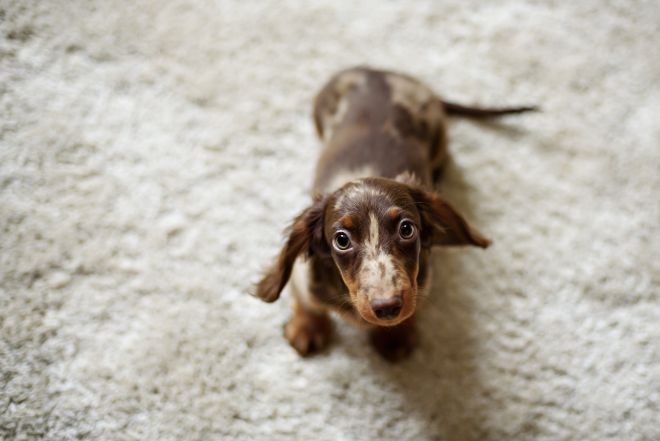
How Do I Know If My Dachshund Has A Bad Back?
If your dachshund is very small and walks with its back humped out or if your dachshund has difficulty getting up, it may have a bad back. Dachshunds are prone to nerve dysfunction in their lower backs. You will need veterinary assistance to determine if this is the case for you pet.
Why Do Dachshunds Have Bad Backs?
Dachshunds are bred to hunt badgers and other burrow-dwelling animals, which means they have an elongated body that’s well-suited for squeezing into tight spaces. Unfortunately, this also puts a lot of strain on their spines, and since they’re such a popular breed, many Dachshunds suffer from back problems.
Some things you can do to help prevent your Dachshund from developing back problems include: keeping them at a healthy weight, not letting them jump or play too much (especially when young), and not allowing them to run up and down stairs. If your Dachshund already has back problems, there are various treatments available including medication, surgery, and more.
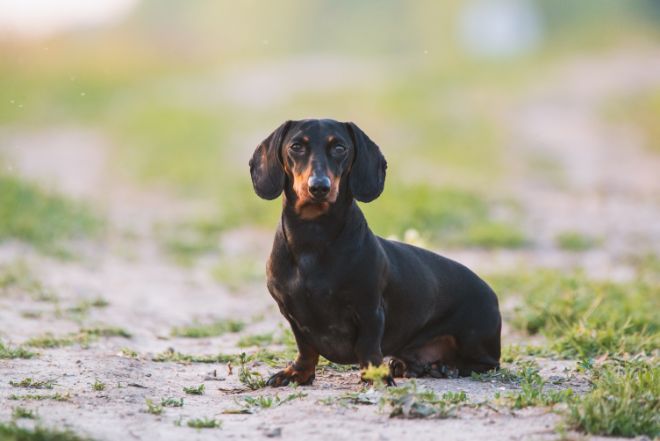
Do All Dachshunds Have Back Problems?
No, not all Dachshunds have back problems. However, the breed is particularly prone to them because of their long backs and short legs.
Dachshunds are bred to hunt badgers, and their elongated body is ideal for fitting into badger holes. The downside of this trait is that the Dachshund’s spine is not as sturdy as that of other breeds and can be easily injured. Additionally, the breed’s short legs make them susceptible to rupturing disks in their vertebrae if they jump or fall from a height. For these reasons, it is important to take extra care when raising a Dachshund and to monitor their activity level to ensure they don’t overexert themselves.
How To Carry A Dachshund With Back Problems?
Dachshunds spines are designed for arching, not length, which means they carry most of their weight on their forelimbs. You can get a doggie backpack to help take the load off your pet’s spine and shoulders – use one with extra cushioning to avoid irritating your pet’s skin or causing pressure points on its body.
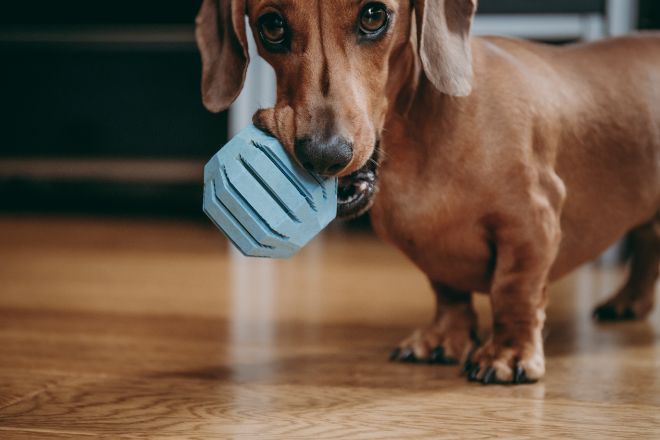
How Long Does It Take For A Dog’s Back To Heal?
It takes a few weeks for a dog to heal from their back injury.
It’s important that your pet is given the appropriate amount of rest and exercise following an injury. If they’re hurting, they’ll want to sleep; if they don’t want to go out for a walk, you should insist that you take them out on gentle walks or make sure somebody else does. You may also notice your pet trying to “hide” the injured area – this often means there’s less swelling and pain in those regions after physical activity.
At What Age Do Dachshunds Start Having Back Problems?
Dachshunds are prone to back problems starting in middle age.
Dachshunds have a long body that’s not very flexible, so they can’t twist themselves around while running fast to keep up with the pack. They’re not built for speed anymore – just for snuggling and sleeping on your feet while you watch TV. And it’s this slowness causes their hips to wear out early, which is what causes their crippling arthritis.